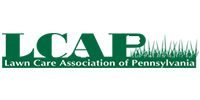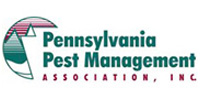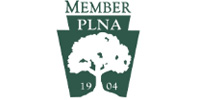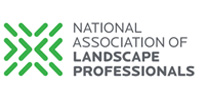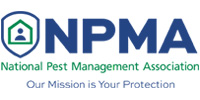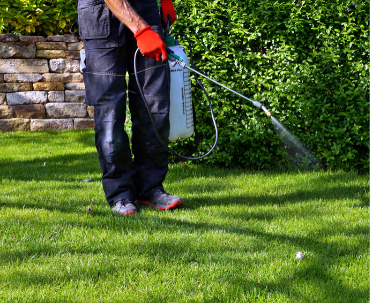Frequently Asked Questions
I have moles in my lawn. Does this mean I have grubs?
The presence of moles does not necessarily mean there are grubs in the turfgrass. The moles’ main food source is earthworms. The grubs are active only at certain times of the year, and the moles will feed on them if they are an available food source.
What are grubs and is grub control needed on a yearly basis?
Grubs are the larvae stage in the life cycle of a beetle. Damage occurs when the grubs feed on the root system of the turfgrass, causing the grass to die. A preventive grub control applied yearly will protect your investment in your lawn from the damage these insects cause.
How do I get rid of moles?
There are numerous methods of trying to control moles. Traps, baits and repellants are currently being used. We suggest using traps, locating the traps where there are active tunnels, and using bait that is normally used for mice, such as peanut butter. There are mole repellants available at lawn and garden stores and may give you some success.
How safe are the lawn applications?
The materials which are used for lawn applications are of a very low toxicity and are registered and used in strict compliance to labeled instructions. They are applied by licensed technicians in accordance with state and local regulations.
When can my children and pets go on the lawn?
If granular fertilizer is used, you may go on the lawn immediately after the application. If liquid weed control is used, allow the material to dry on the grass before children and pets are allowed on it. Drying time will vary with weather conditions.
What does lime do for my lawn?
Lime helps modify the acidity in the soil and allows the grass to absorb and use fertilizers more efficiently. It also supplies calcium to the grass, which is an important nutrient for the photosynthesis process. Typical soils in this area are acidic, and applying lime yearly would be beneficial.
Does your lawn service have any guarantees?
With our 5-step program, we offer free resprays, if necessary, and free service calls to correct any problems. Just give us a call.
What insects do you control with your perimeter treatments?
We target crawling insects that enter your home, such as spiders, ants, millipedes, etc. We do not control termites or flying pests. More Info.
Why, in the tree and shrub program, do you only fertilize in the fall?
Fertilizing in the spring basically enhances top growth that causes excessive pruning. A fall fertilizer supplies balanced macro and micro nutrients needed for adequate food storage in preparation for winter. It also provides vital root growth. This leads to healthy and vigorous plants. More Info.
The grass is very thin under my trees. How can I improve the situation?
The roots of the trees are competing with the grass for water and nutrients, leaving the grass with an inadequate supply of each. Also, the grass requires a period of direct sunlight in order to grow properly. Pruning trees, planting shade-resistant grass, or planting ground cover such as pachysandra can help the situation.
Should I mow the same day as a treatment?
We recommend that you wait to mow 24 to 48 hours after any liquid treatment. You can mow immediately after a granular treatment is applied.Should I water my lawn after a lawn treatment?
In most cases when using liquid weed control, crabgrass control, or insect control, it is not recommended to water immediately afterwards. This will allow the material to be absorbed into the grass plant. When using a granular grub control, it is recommended that the material be watered in. Watering within the first few days will enhance the effectiveness of the product.
Superior Services
Superior’s treatment programs include residential and
commercial services for:


